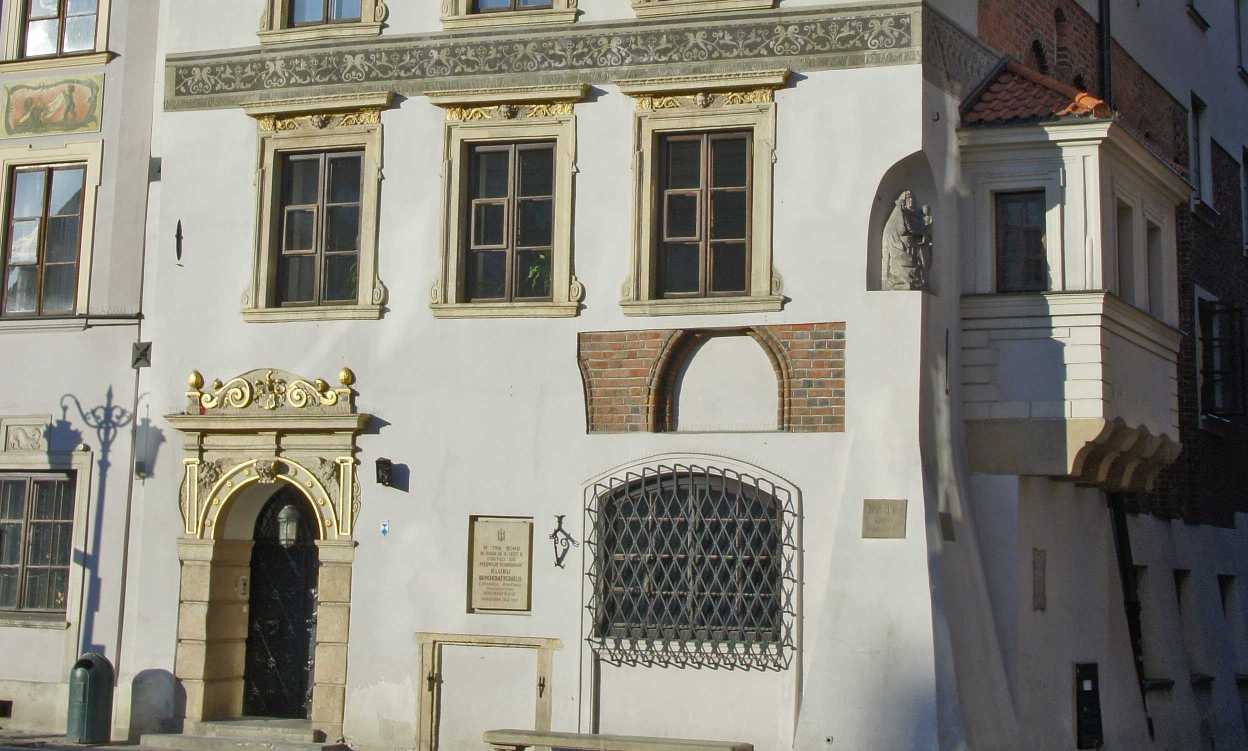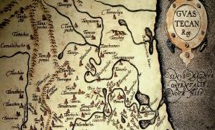Temporal Entity
Canonical URL http://www.cidoc-crm.org/cidoc-crm/E2_Temporal_Entity
Byt czasowy
Entidade Temporal
Entité temporelle
Geschehendes
Temporal Entity
Έγχρονη Οντότητα
Временная Сущность
时间实体
This class comprises all phenomena, such as the instances of E4 Periods, E5 Events and states, which happen over a limited extent in time. In some contexts, these are also called perdurants. This class is disjoint from E77 Persistent Item. This is an abstract class and has no direct instances. E2 Temporal Entity is specialized into E4 Period, which applies to a particular geographic area (defined with a greater or lesser degree of precision), and E3 Condition State, which applies to instances of E18 Physical Thing.
| Property | Expected type | Definition |
|---|---|---|
| P114_is_equal_in_time_to |
E2_Temporal_Entity
|
This symmetric property allows the instances of E2 Temporal Entity with the same E52 Time-Span to be equated. This property is only necessary if the time span is unknown (otherwise the equivalence can be calculated). This property is the same as the "equal" relationship of Allen’s temporal logic (Allen, 1983, pp. 832-843). |
| P115_finishes |
E2_Temporal_Entity
|
This property allows the ending point for a E2 Temporal Entity to be situated by reference to the ending point of another temporal entity of longer duration. This property is only necessary if the time span is unknown (otherwise the relationship can be calculated). This property is the same as the "finishes / finished-by" relationships of Allen’s temporal logic (Allen, 1983, pp. 832-843). |
| P115i_is_finished_by |
E2_Temporal_Entity
|
|
| P116_starts |
E2_Temporal_Entity
|
This property allows the starting point for a E2 Temporal Entity to be situated by reference to the starting point of another temporal entity of longer duration. This property is only necessary if the time span is unknown (otherwise the relationship can be calculated). This property is the same as the "starts / started-by" relationships of Allen’s temporal logic (Allen, 1983, pp. 832-843). |
| P116i_is_started_by |
E2_Temporal_Entity
|
|
| P117_occurs_during |
E2_Temporal_Entity
|
This property allows the entire E52 Time-Span of an E2 Temporal Entity to be situated within the Time-Span of another temporal entity that starts before and ends after the included temporal entity. This property is only necessary if the time span is unknown (otherwise the relationship can be calculated). This property is the same as the "during / includes" relationships of Allen’s temporal logic (Allen, 1983, pp. 832-843). |
| P117i_includes |
E2_Temporal_Entity
|
|
| P118_overlaps_in_time_with |
E2_Temporal_Entity
|
This property identifies an overlap between the instances of E52 Time-Span of two instances of E2 Temporal Entity. It implies a temporal order between the two entities: if A overlaps in time B, then A must start before B, and B must end after A. This property is only necessary if the relevant time spans are unknown (otherwise the relationship can be calculated). This property is the same as the "overlaps / overlapped-by" relationships of Allen’s temporal logic (Allen, 1983, pp. 832-843). |
| P118i_is_overlapped_in_time_by |
E2_Temporal_Entity
|
|
| P119_meets_in_time_with |
E2_Temporal_Entity
|
This property indicates that one E2 Temporal Entity immediately follows another. It implies a particular order between the two entities: if A meets in time with B, then A must precede B. This property is only necessary if the relevant time spans are unknown (otherwise the relationship can be calculated). This property is the same as the "meets / met-by" relationships of Allen’s temporal logic (Allen, 1983, pp. 832-843). |
| P119i_is_met_in_time_by |
E2_Temporal_Entity
|
|
| P120_occurs_before |
E2_Temporal_Entity
|
This property identifies the relative chronological sequence of two temporal entities. It implies that a temporal gap exists between the end of A and the start of B. This property is only necessary if the relevant time spans are unknown (otherwise the relationship can be calculated). This property is the same as the "before / after" relationships of Allen’s temporal logic (Allen, 1983, pp. 832-843). |
| P120i_occurs_after |
E2_Temporal_Entity
|
|
| P4_has_time-span |
E52_Time-Span
|
This property describes the temporal confinement of an instance of an E2 Temporal Entity. The related E52 Time-Span is understood as the real Time-Span during which the phenomena were active, which make up the temporal entity instance. It does not convey any other meaning than a positioning on the “time-line” of chronology. The Time-Span in turn is approximated by a set of dates (E61 Time Primitive). A temporal entity can have in reality only one Time-Span, but there may exist alternative opinions about it, which we would express by assigning multiple Time-Spans. Related temporal entities may share a Time-Span. Time-Spans may have completely unknown dates but other descriptions by which we can infer knowledge. |
| Property | On types | Definition |
| P114_is_equal_in_time_to |
E2_Temporal_Entity
|
This symmetric property allows the instances of E2 Temporal Entity with the same E52 Time-Span to be equated.
This property is only necessary if the time span is unknown (otherwise the equivalence can be calculated).
This property is the same as the "equal" relationship of Allen’s temporal logic (Allen, 1983, pp. 832-843).
|
| P115_finishes |
E2_Temporal_Entity
|
This property allows the ending point for a E2 Temporal Entity to be situated by reference to the ending point of another temporal entity of longer duration.
This property is only necessary if the time span is unknown (otherwise the relationship can be calculated). This property is the same as the "finishes / finished-by" relationships of Allen’s temporal logic (Allen, 1983, pp. 832-843).
|
| P115i_is_finished_by |
E2_Temporal_Entity
|
|
| P116_starts |
E2_Temporal_Entity
|
This property allows the starting point for a E2 Temporal Entity to be situated by reference to the starting point of another temporal entity of longer duration.
This property is only necessary if the time span is unknown (otherwise the relationship can be calculated). This property is the same as the "starts / started-by" relationships of Allen’s temporal logic (Allen, 1983, pp. 832-843).
|
| P116i_is_started_by |
E2_Temporal_Entity
|
|
| P117_occurs_during |
E2_Temporal_Entity
|
This property allows the entire E52 Time-Span of an E2 Temporal Entity to be situated within the Time-Span of another temporal entity that starts before and ends after the included temporal entity.
This property is only necessary if the time span is unknown (otherwise the relationship can be calculated). This property is the same as the "during / includes" relationships of Allen’s temporal logic (Allen, 1983, pp. 832-843).
|
| P117i_includes |
E2_Temporal_Entity
|
|
| P118_overlaps_in_time_with |
E2_Temporal_Entity
|
This property identifies an overlap between the instances of E52 Time-Span of two instances of E2 Temporal Entity.
It implies a temporal order between the two entities: if A overlaps in time B, then A must start before B, and B must end after A. This property is only necessary if the relevant time spans are unknown (otherwise the relationship can be calculated).
This property is the same as the "overlaps / overlapped-by" relationships of Allen’s temporal logic (Allen, 1983, pp. 832-843).
|
| P118i_is_overlapped_in_time_by |
E2_Temporal_Entity
|
|
| P119_meets_in_time_with |
E2_Temporal_Entity
|
This property indicates that one E2 Temporal Entity immediately follows another.
It implies a particular order between the two entities: if A meets in time with B, then A must precede B. This property is only necessary if the relevant time spans are unknown (otherwise the relationship can be calculated).
This property is the same as the "meets / met-by" relationships of Allen’s temporal logic (Allen, 1983, pp. 832-843).
|
| P119i_is_met_in_time_by |
E2_Temporal_Entity
|
|
| P120_occurs_before |
E2_Temporal_Entity
|
This property identifies the relative chronological sequence of two temporal entities.
It implies that a temporal gap exists between the end of A and the start of B. This property is only necessary if the relevant time spans are unknown (otherwise the relationship can be calculated).
This property is the same as the "before / after" relationships of Allen’s temporal logic (Allen, 1983, pp. 832-843).
|
| P120i_occurs_after |
E2_Temporal_Entity
|
|
| P4i_is_time-span_of |
E52_Time-Span
|
| predicate | object |
|---|---|
| comment |
"This class comprises all phenomena, such as the instances of E4 Periods, E5 Events and states, which happen over a limited extent in time.
In some contexts, these are also called perdurants. This class is disjoint from E77 Persistent Item. This is an abstract class and has no direct instances. E2 Temporal Entity is specialized into E4 Period, which applies to a particular geographic area (defined with a greater or lesser degree of precision), and E3 Condition State, which applies to instances of E18 Physical Thing.
"@en
|
| label |
"Byt czasowy"@pl
"Entidade Temporal"@pt "Entité temporelle"@fr "Geschehendes"@de "Temporal Entity"@en "Έγχρονη Οντότητα"@el "Временная Сущность"@ru "时间实体"@zh |
| type |
owl:Class
|
| subClassOf |
E1_CRM_Entity
|

